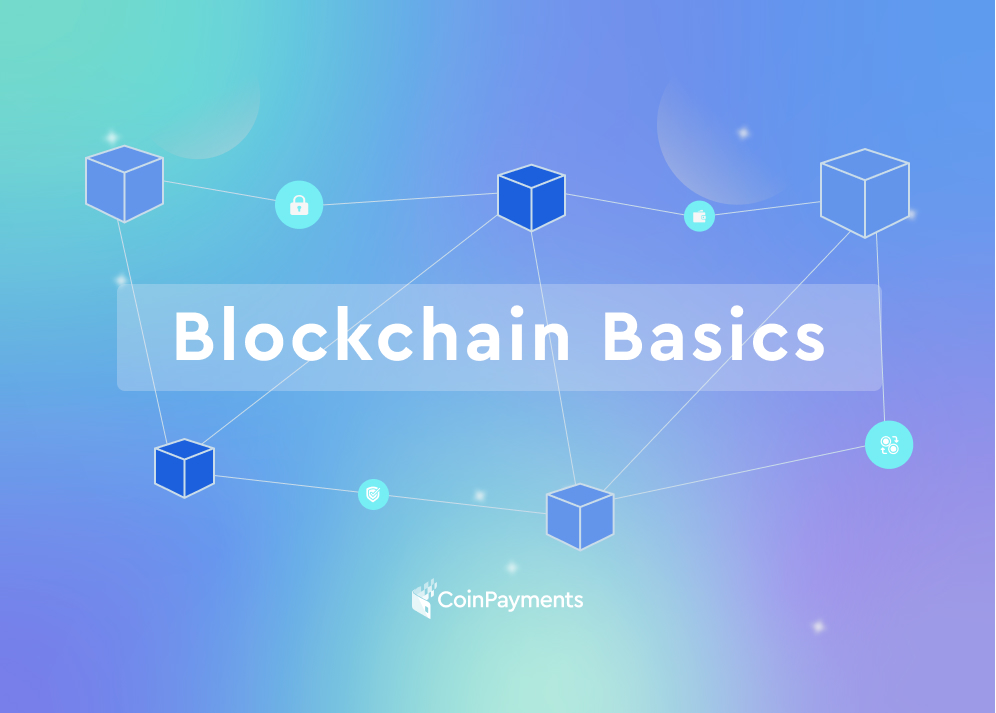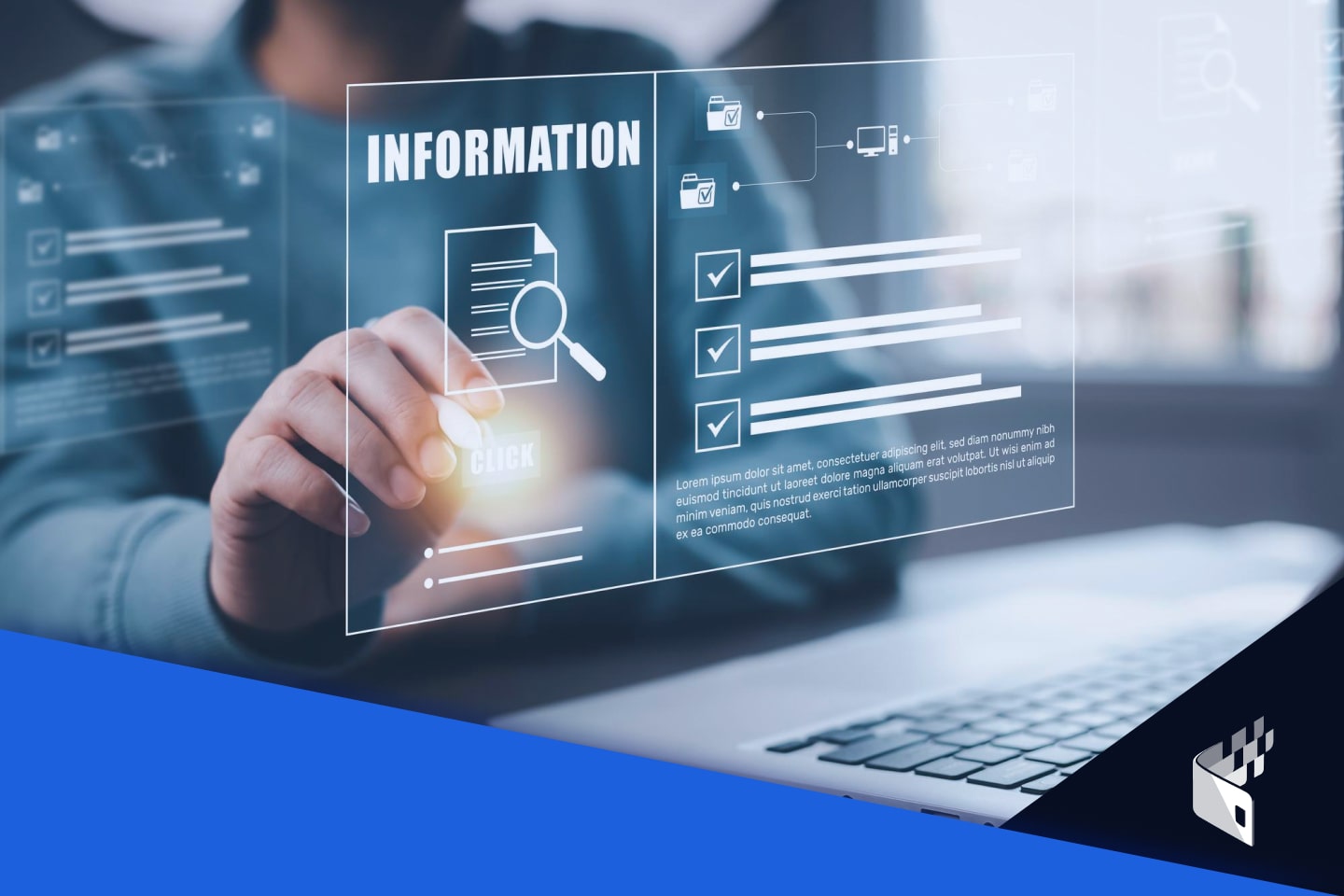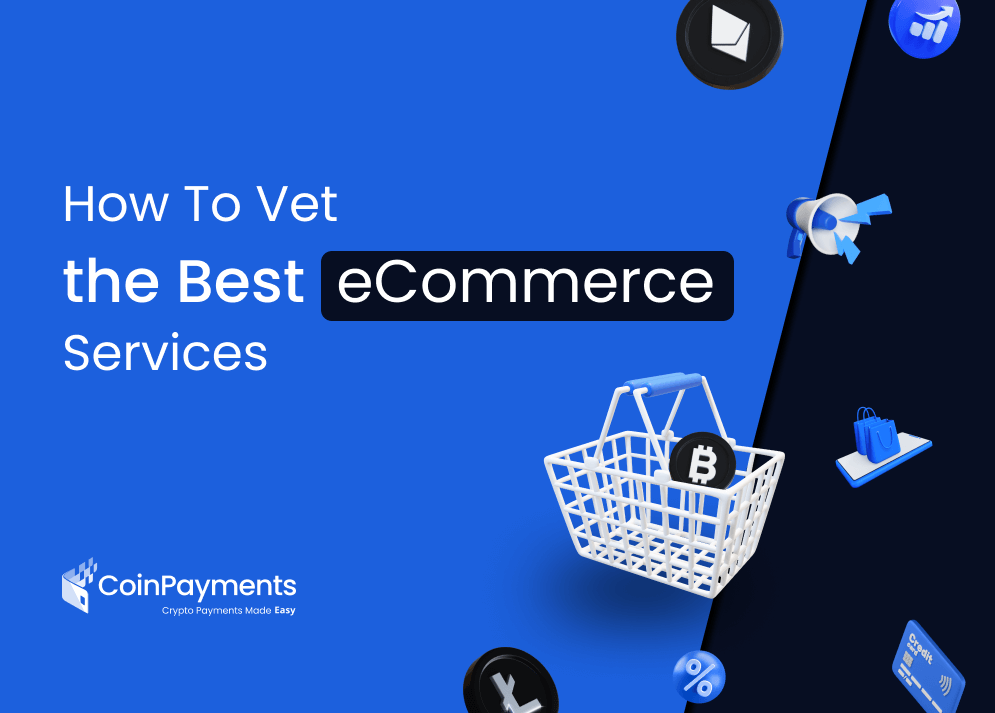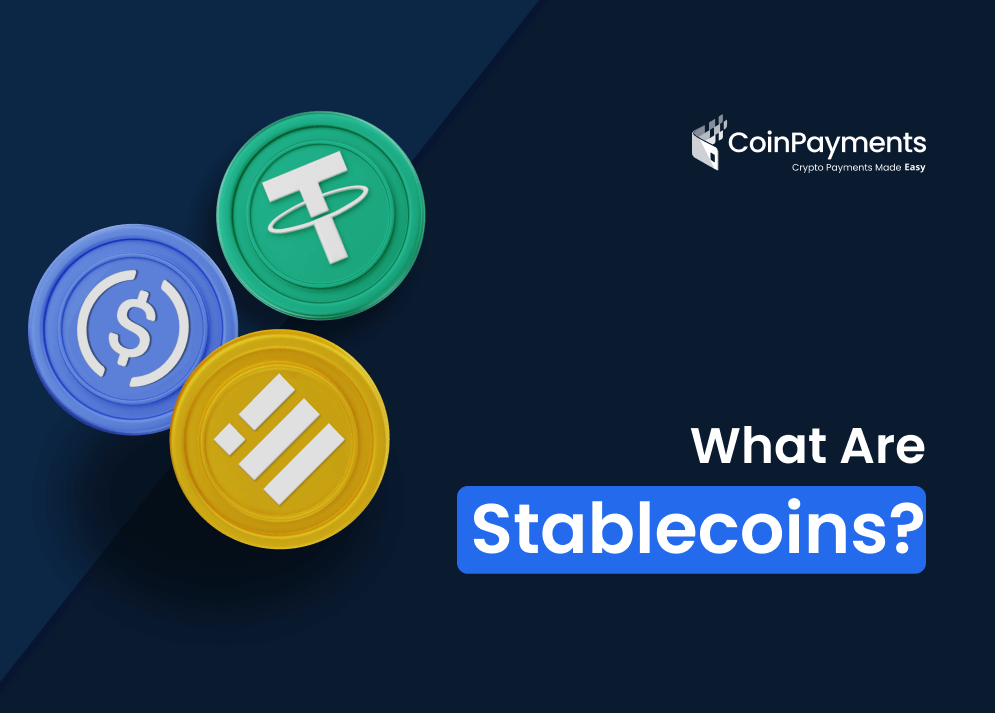
Blockchain is set to change the world for the better. You didn’t just hear it here.
In a report, PwC noted that “blockchain is fundamentally altering the business landscape.” Similarly, Mckinsey & Co. stated that “the potential for blockchain to become a new open-standard protocol for trusted records, identity, and transactions cannot be simply dismissed.” Even major regulatory figures like new U.S. Security & Exchange Committee chairman Gary Gensler has praised the innovative potential of the technology.
According to a Statista forecast, worldwide spending on blockchain solutions is projected to increase over tenfold from its $1.5 billion level in 2018 to an astounding $19 billion by 2024. Companies from a variety of industries are investing in blockchain to ease their pain points and gear them for the digital economy, and there’s a good reason: it’s an innovation that unlocks boundless potential.
While its disruptive promise may make it seem like a complex concept, in reality, blockchain is simple. We’re here to break down the basics so that you’re well informed about this disruptive technology.
What is blockchain?
According to Merriam-Webster’s dictionary, blockchain is “a digital database containing information (such as records of financial transactions) that can be simultaneously used and shared within a large decentralized, publicly accessible network.” Fun fact: the term was officially added to the dictionary in 2018 — a testament to the rise of its usage in contemporary discourse.
So, it’s best to think of blockchain as a digital system of record keeping. The advent of blockchain made the birth of cryptocurrencies possible due to its use of cryptography: a communication technology that restricts the contents of data to only the sender and intended recipient, making it impossible to hack or manipulate.
Let’s break it down: block • chain
Blockchain is a shared public database, called a ledger, that runs on top of the internet via a network of connected computers. The connection of computers is known as distributed and decentralized because they are spread out globally, not pertaining to a single organization like a bank or government. The transactions performed on the blockchain are peer-to-peer, person-to-person, just like sending an email.
The connected computers on the network use consensus to agree and verify transactions by solving complex mathematical algorithms. Once a transaction is validated, it is added to a block.
A block is the collection of verified data. It can be thought of like a page in your checkbook. Each block is time-stamped, similar to using a traditional notary, and connected to the previous block. This creates a chain of blocks, hence the name “blockchain.” All computers in the network hold an identical record of the existing blocks.
The passing of information on the blockchain uses cryptography, like encryption and algorithms. Because of cryptography, transactions are immutable, which means they can not be changed or reversed.
Additionally, the blockchain is considered trustless, as all transactions are verified with math, not feelings. Each transaction is available on the blockchain, which is public, transparent, and verifiable.
Other important aspects of the blockchain are that it is autonomous, meaning self-controlled, and censorship-resistant, which means no one can control who can transact or store wealth on the network.
A simple analogy for understanding blockchain technology is a Google Doc. When we create a document and share it with a group of people, the document is distributed, instead of copied or transferred. This creates a decentralized distribution chain that gives everyone access to the document at the same time. No one is locked out awaiting changes from another party, while all modifications to the doc are being recorded in real-time, making changes completely transparent.
Blockchain’s key characteristics
Transparent. The blockchain ledger and code are public and available for anyone to review.
Decentralized. No third-party is necessary to complete a transaction.
Secure. There is no central point of attack, it is a combination of tech and encryption.
Global. There are no geological restrictions, and no time zones involved.
Immutable. Transactions cannot be changed, altered, or tampered with.
Permissionless. Anyone, anywhere, anytime can send, transact, or store assets on the blockchain.
When did it start?
On October 31, 2008, developer(s) working under the pseudonym Satoshi Nakamoto released a whitepaper establishing the model for blockchain. The first block was created on January 3, 2009, and every subsequent block is linked to the first.
Why is it important?
The blockchain is important because it is solving problems in today’s ecosystem by managing and verifying online data. Blockchain is the evolution of technology that will make almost all processes more accessible, fair, and transparent.
According to Computer World, blockchain has the potential to eliminate huge amounts of record-keeping, save money, streamline supply chains, and disrupt IT in ways not seen since the internet arrived. When it comes to cybersecurity, there has been no better technology than blockchain.
The whole point of using a blockchain is to let people — in particular, people who don’t trust one another — share valuable data in a secure, tamperproof way.
IBM believes blockchain is ideal for delivering information because it provides immediate, shared, and completely transparent information stored on an immutable ledger that can be accessed only by permissioned network members. A blockchain network can track orders, payments, accounts, production, and much more. And, because members share a single view of the truth, you can see all details of a transaction end-to-end, giving you greater confidence, as well as new efficiencies and opportunities.
Blockchain is important because it will disrupt, redefine, and enhance the way business is conducted in almost every global industry. To name a few:
- Credit Card, traditional, and ecommerce payments
- Sending money globally
- Banking services, loans, serving the unbanked
- Supply chains
- Voting systems
- Government
- Healthcare/Medical/Pharmaceutical
You don’t have to understand the way blockchain works, or how the internet works, in order to recognize the countless problems it solves, especially for developing countries. The basic fundamental of blockchain is that it is truly a step forward toward making the world a better – more trustworthy – place.



